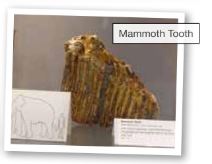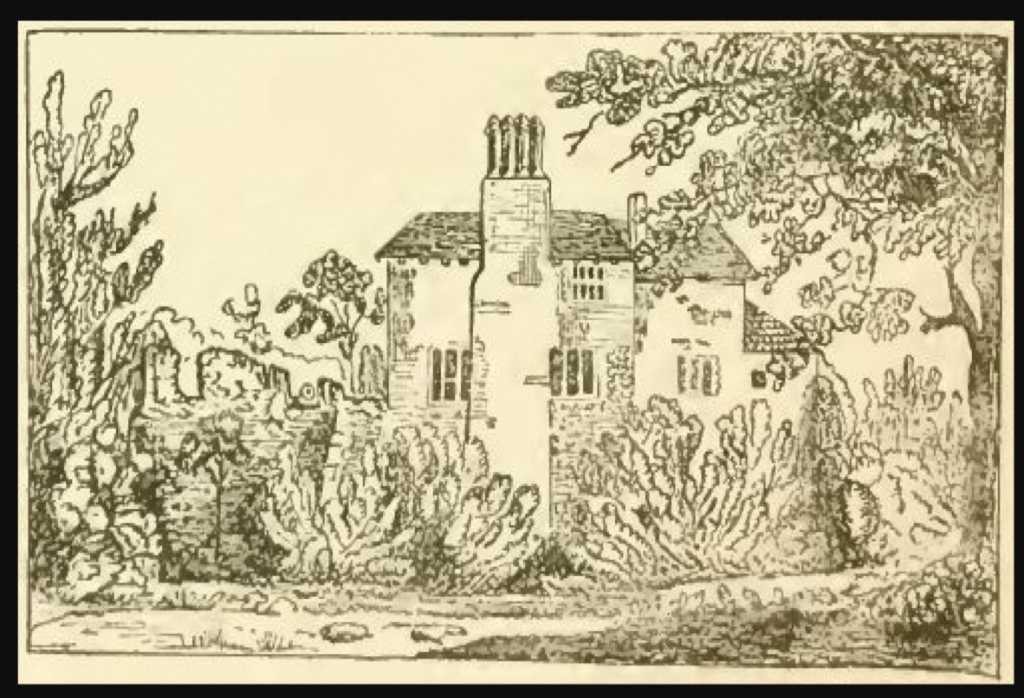- Home
- Local History
- A Romp through the History of Bromley
A romp through the history of Bromley
Written by Pam Preedy.
On 15th December, 1922, the Bromley and District Times announced that a Mammoth’s tooth, about five feet long, had been discovered in a gravel pit at Green-Street-Green.
It seems quite amazing that mammoths were roaming over our local landscape until the end of the Ice Age over 12,000 years ago. Perhaps early people living in Bromley would go out to hunt one of these huge mammals, or an early species of rhinoceros and hippopotamus. Throughout human history people must have lived in the area, usually in isolated family groups. Evidence of their occupation has been found from the first flint implements such as ‘the Pounder’, a piece of flint similar in shape and size to a cricket ball, and the ‘pot-boiler’ rather like the ‘pounder.’ The pounder was heated in the fire and dropped into water to heat it.

The Romans, also left traces of their occupation. In June, 1864 the Bromley Record announced the discovery of a Romano-British burial ground at ‘Beechfield,” in the village of Widmore. After the Romans came the Saxons dating back about 1,500 years ago. They left their traces in place-names. Bromley is supposed to have derived its name from the Saxon word Bromleag , in Latin Bromlega, signifying a field, or heath, where Broom grows in the 1909 edition of Kelly’s directory it claimed that a sufficient quantity of that the plant still existed in waste lands, to corroborate the theory.
Some of the oldest historical records mention a Manor given to the Church of Rochester around 967. Following a dispute between King Ethelred II and the Bishop of Rochester (987) the land was given to Æthelsine, one of the king’s ministers, though subsequently returned in 987. It was again seized after the conquest of Britain by William the Conqueror following the Battle of Hastings (1066).
Odo, Bishop of Bayeux and half-brother of William, seized the possessions of Archbishop Lanfranc, including those at Bromley. It was soon recovered restored to the Norman Bishop Gundulph in 1076. A few fragments of Norman pottery have been found in the foundations of the Parish Church.
The Domesday Survey (1080) states that the manor of Bromley comprised an area of ‘ten plows,’ (a plow was the taxable amount of land that could be ploughed by a team of eight oxen) and 13 carucates (637 hectares). A population of at least 56 farm labourers; villeins and borderers lived here. In 1272 -1307 there was a moated medieval Manor, Simpson’s Manor, demolished around 1870.

Bromley continued to survive through the Wars of the Roses and the religious upheavals under Tudors; Henry VIII, in his desire to marry Anne Boleyn, changed the religion of the country to protestant. Mary I reverted back to Catholicism. Elizabeth I, a protestant, had been threatened by her cousin Mary Queen of Scots and Spain. Then there was the English Civil War (1642-1651), the beheading of Charles I and finally, the Restoration of Charles II in 1660 following the puritanical rule of Oliver Cromwell’s Commonwealth.
Men and women of Bromley may have had to make worrying decisions that could affect their safety and the safety of their families. Perhaps they just went about their own business, keeping their heads down trying to keep out of harm’s way. There was bound to be gossip and speculation.
Which religion did you support? Would you support the Roundheads or the Cavaliers? While there is little evidence of events of national importance happening in Bromley, the people would have had to face the national challenges to daily living as we do today.

A visit to the Bromley Historic Collections in the Bromley Library Museum is well worth a visit.
Originally published in Life in Bromley magazine (Issue 1, March 2022)
